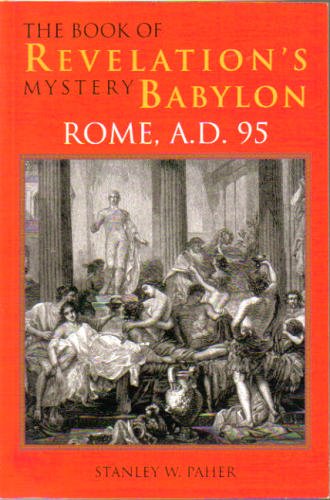
The Book of Revelation's Mystery Babylon Rome, AD 95
Church leaders before AD 550 unanimously attest to the AD 95 dating date of the book of Revelation. This external evidence is joined by the use of the term "Babylon" in early Jewish literature, as well as NT usage, all of which equated Babylon with Rome.
In Revelation 17 a city called Babylon is described as "a woman sitting on a scarlet beast that was covered with blasphemous names and had seven heads and ten horns." The woman, dressed in purple and scarlet, glittered with gold, precious stones, and pearls. She held a golden cup filled with abominable things and the filth of her adulteries. She was described as the "mother of prostitutes and of the abominations of the earth."
Plainly, this first-century entity is to be understood figuratively. External evidence alongside scripture reveals her identity. Babylon had a large impact on world affairs, and represented a vast political, commercial, and religious system dominating scores of nations and millions of men. The kings of the earth, the trader-merchants in league with ship masters, and pagan religious powers--all were affected.
Babylon is a world unfaithful to God, committing fornication amid a vast traffic of materialism and sensuality. Her position atop the land beast of Revelation 13 symbolizes the influence of the capital city of Rome mounted upon its world empire. Babylon's grandeur was displayed in the substances it commanded and held dear -- fine linen, gold, precious stones, and pearls. The city made the nations drunk in its exercise of coercive power and ungodly influence. Mystery Babylon was all of this and more. Its history included killing those who bore the testimony of Jesus. Jerusalem of Judea cannot fit the Babylon metaphor, whose identity could have only been imperial Rome.
